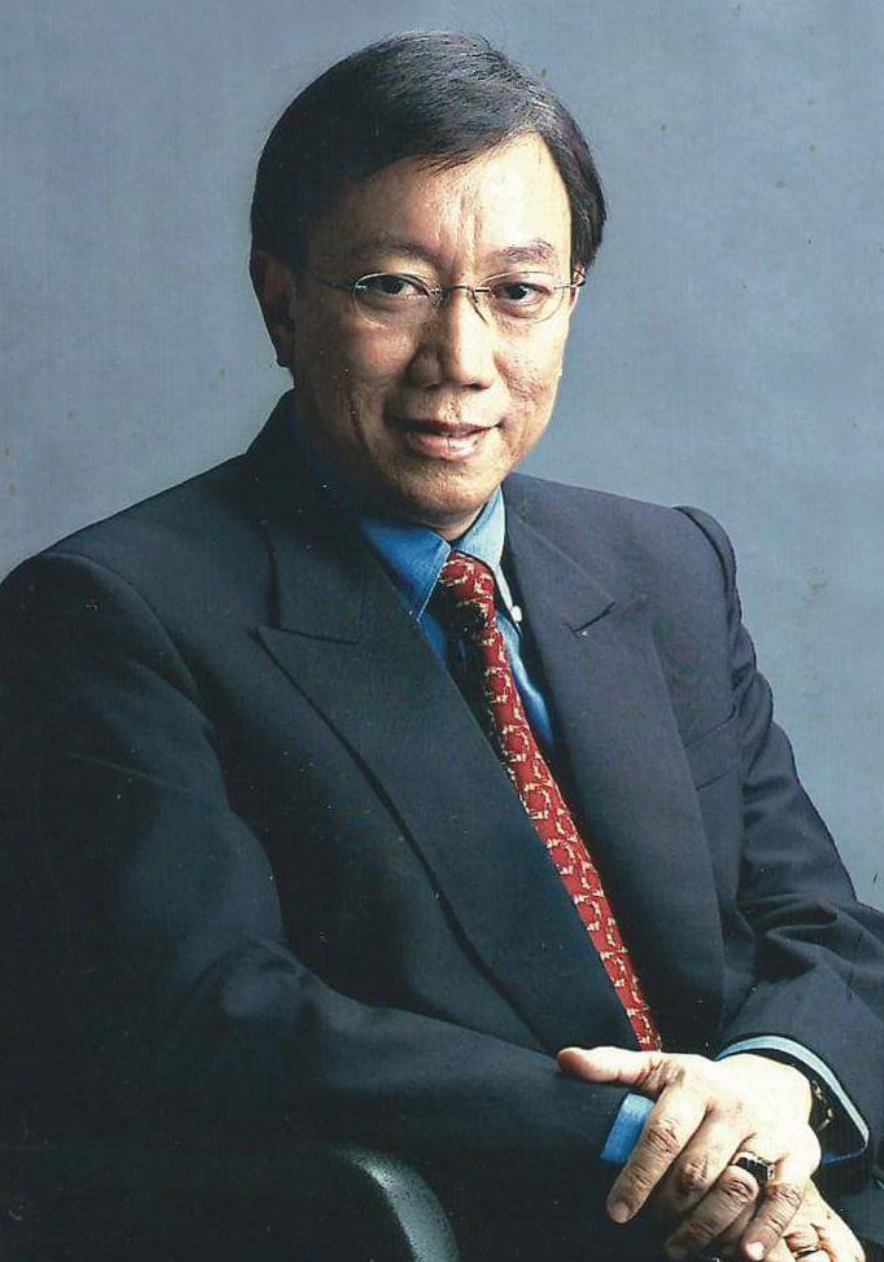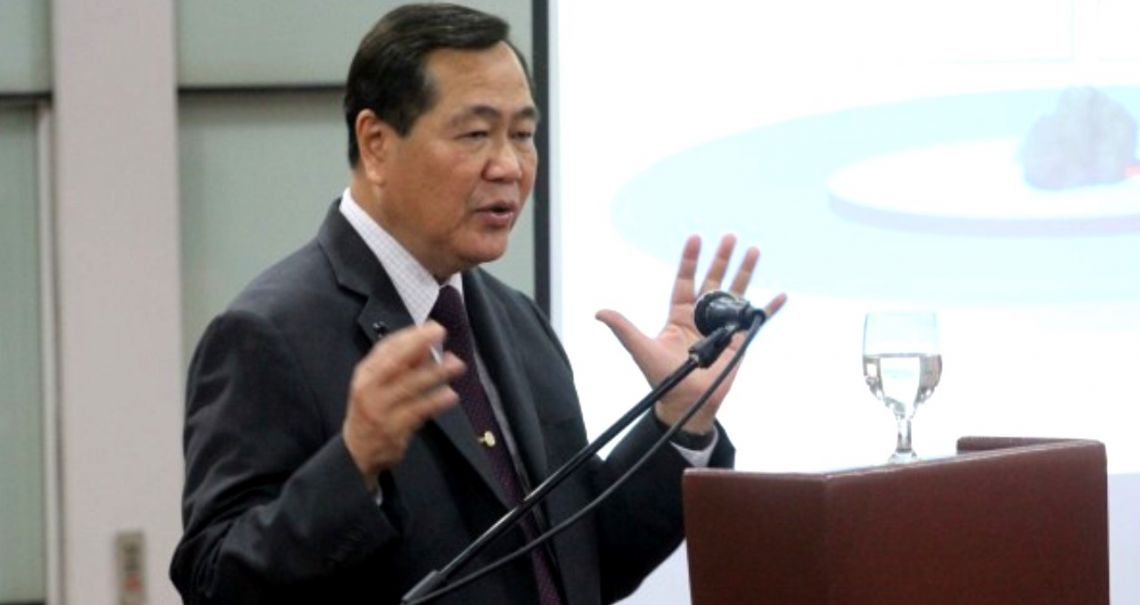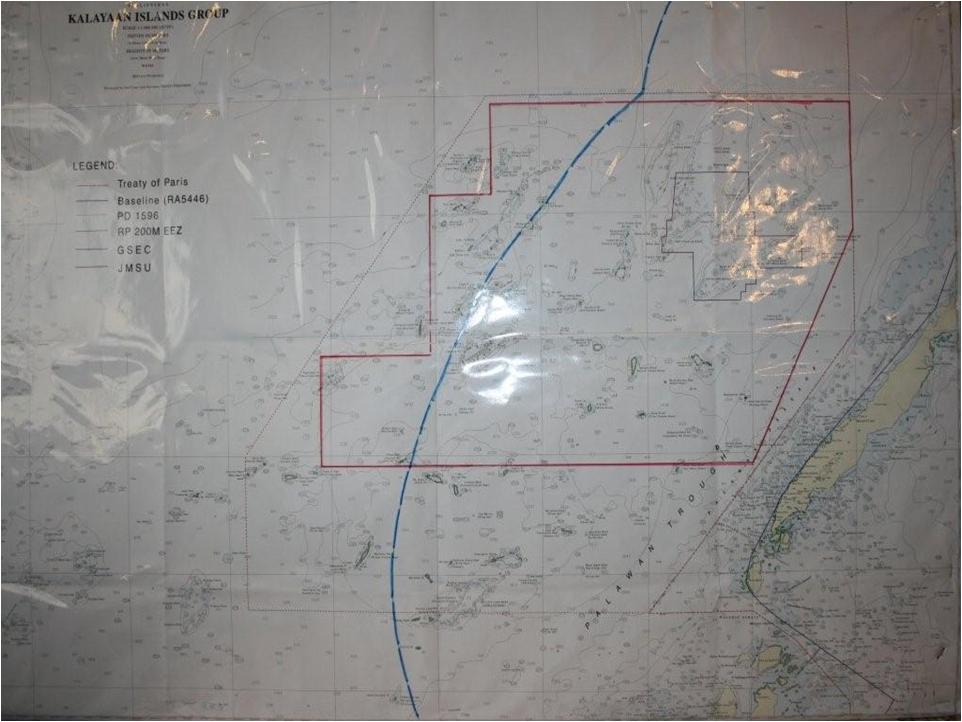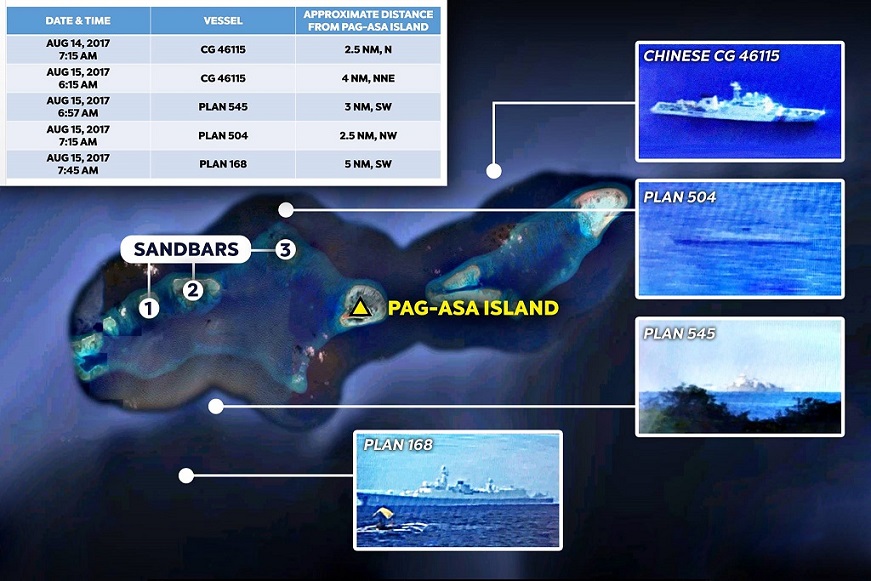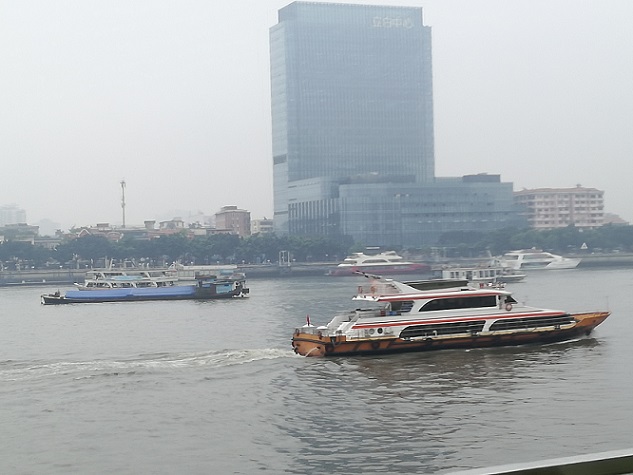 One foggy morning in Guangzhou.
One foggy morning in Guangzhou.
GUANGZHOU,China –To underscore the ties that deeply
bind the people of this bustling city and the Filipinos, Deputy Director
General Luo Jun of Guangdong Province Foreign Affairs Office cites that the
Manila-Guangzhou flight takes only one hour and 45 minutes, same as
Manila-Davao, while Guangzhou to Beijing takes three hours.
The nearness of Manila to Guangzhou and to nearby provinces
of Fujian and Shenzhen is very much relevant to the One Belt-One Road
initiative, an ambitious project unveiled by Chinese President Xi Jinping in
2013 with an initial funding of $40 billion, that will re-create the ancient
Silk Route that connected China and Europe as far back as 100 B.C.
On May 14 and
15, 28 world leaders, including Russian President Vladimir Putin and President Rodrigo
Duterte or their representatives will gather in Beijing to provide impetus to
the project that is mindboggling in its scope and possibilities.
As its name suggests, the One-Belt-One Road, also
known as the 21st Century Silk Road, has two main components: The Silk Road
Economic Belt and the 21st Century Maritime Silk Road.
The Silk Road Economic Belt is composed of three routes:
Central Asia, West Asia and South Asia.
The Maritime Silk Road begins in China’s Fujian and
ends in Venice, Italy. It will pass through South China Sea, the Straits of
Malacca, Lombok and Sunda on to the north Indian Ocean to the Persian Gulf, Red
Sea and Gulf of Aden.
A flurry of infrastructure building- roads, railroads,
ports, bridges, airports, pipelines, power plants and telecommunication – is
expected along the One Belt One Road corridors. The China-led Asian
Infrastructure Investment Bank (AIIB) launched two years ago will fill in the
gap in infrastructure funding.
The participation of the Philippines in the 21st
Century Silk Road will re-invigorate its crucial role as a link
between Asia and Europe as what it did in the years of the Galleon Trade (1565
to 1815).
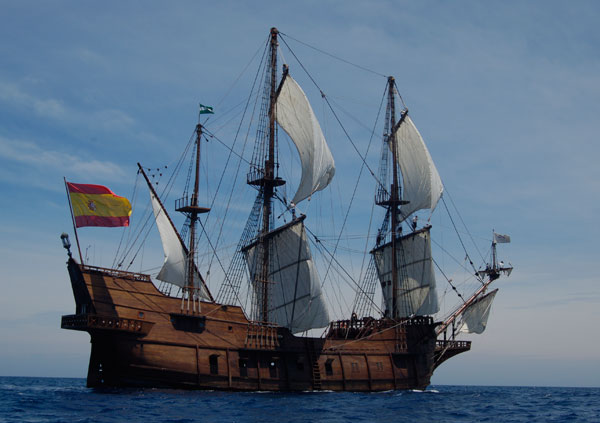 A replica of the a galleon ship that plied the Manila-Acapulco route in the years 1565 to 1815.
A replica of the a galleon ship that plied the Manila-Acapulco route in the years 1565 to 1815.
A paper by Chen Yan, a professor of Peking University,
said the first Filipino who came to Guangzhou was from Mindoro in 982 AD
bringing native products. In the
beginning merchants from Luzon came by
way of Champs (Vietnam) and Brunei on the northern corner of Kalimantan Island.
Later on a direct route from Luzon to Guangzhou was developed bringing more
merchants on both sides.
The coming of the Spaniards to the Philippines in mid
-1500 expanded the trading to the Americas in what is known as the Galleon
Trade. Spanish trading ships made
round-trip voyages once or twice per year across the Pacific Ocean from the
port of Acapulco to Manila.
Chen related, “At that time most galleons setting
out from Manila were made by Chinese workmen who had settled down there and clothes
for the crew, giant jars for keeping drinking water and flour for eating all
came from China. Moreover, 90 percent of the goods loaded on the ships were
made in China, mostly silk and silk products. Occasionally, there were as many
as 1,200 crates at a time. The ship was therefore known as “Silk
Ship” and the new route was called ‘Silk Route on the Pacific.’ Ships
carrying silk, porcelain and other consumer goods made in China sailed from the
Moonport of Zhangzhou, Fuijan to Manila; the galleons loaded with these
commodities sailed along maritime silk route to the port of Acapulco in Mexico;
from there, Chinese goods were carried into cities of inland Mexico by donkeys totaling
75,000 in number.
“According to historical records, down to the end
of the 18th century,63 percent of the total amount of goods imported into
Mexico were silk and other commodities from China. When returning to Manila,
the galleons brought a large number of silver dollars and goods made in Mexico
which were then transferred to China.”
Chen pointed out that at that time the Spanish
colonialists were not in a position to produce any decent commodities
acceptable to the Chinese people. The only way to achieve a trade balance was
to export silver dollars which China was short of.
Chen said, “it was estimated that from 1565 to
1820, the silver dollars streaming into Manila from Mexico were worth
400,000,000 pesos; most of them were transferred into China.
“The silver dollars flowing in large quantities
into China had changed the unfavorable balance into one favorable one for
China’s foreign trade, bringing about the primitive accumulation of capital in
China and sowing the seeds of capitalism,” Chen said.
Another article by Liu Cigui for China Institute for International Studies said, “The
ancient maritime Silk Road was developed under political and economic
backgrounds and was the result of cooperative efforts from the ancestors of
both the East and West. China’s proposal to build a 21st century Maritime Silk
Road is aimed at exploring the unique values and concepts of the ancient road,
enriching it with new meaning for the present era and actively developing
economic partnerships with countries situated along the route.”
With economic integration comes cultural exchanges and
assimilation.
We can just magine how it would be. Last Monday, we visited
Leafun Culture Science and Technology. They have developed a technology that
one can watch 3D movies without the glasses that are provided moviegoers these
days.They have brought the technology of hologram into a level of amazement.
One Belt-One Road lifts the limits to possibilities.

